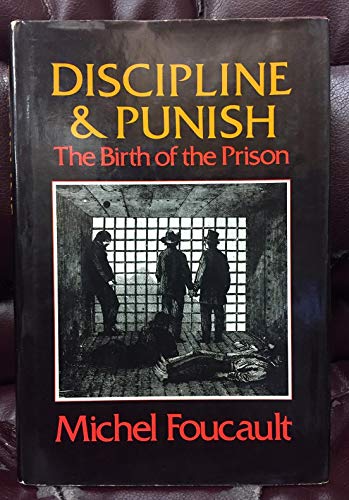
Foucault’s work is renowned for its original insights, and Discipline and Punish contains several of his most compelling observations. What started as a spectacle, in which ritual punishments were focused on the prisoner’s body, eventually became a matter of the private disciplining of a delinquent soul. Foucault’s aim is to trace the way in which incarceration was transformed between the seventeenth and twentieth centuries. How to read Foucault's discipline and punish.Michel Foucault is famous as one of the 20th-century’s most innovative thinkers – and his work on Discipline and Punish was so original and offered models so useful to other scholars that the book now ranks among the most influential academic works ever published. In contrast, Schwan and Shapiro take a plain-speaking, yet detailed, approach, specifically designed to give students a thorough understanding of one of the most influential texts in contemporary cultural theory."-Back cover.
While there are many texts that survey Foucault's thought, these are often more general overviews or biographical précis that give little in the way of robust explanation and discussion. Undergraduates across a wide range of disciplines are expected to have a solid understanding of Foucault's key terms, which have become commonplace in critical thinking today. However, it is a long, difficult text which makes Anne Schwan and Stephen Shapiro's excellent step-by-step reading guide a welcome addition to the How to Read Theory series.

"Michel Foucault's Discipline and Punish is one of the best-selling works of critical theory and a key text on many undergraduate courses.

Includes bibliographical references (pages 176-180) and index. Surveiller et punir (Foucault, Michel) Prisons.

Saved in: Bibliographic Details Author / Creator:įoucault, Michel, - 1926-1984.


 0 kommentar(er)
0 kommentar(er)
